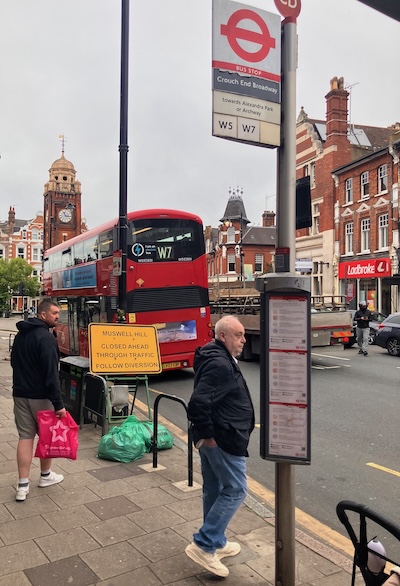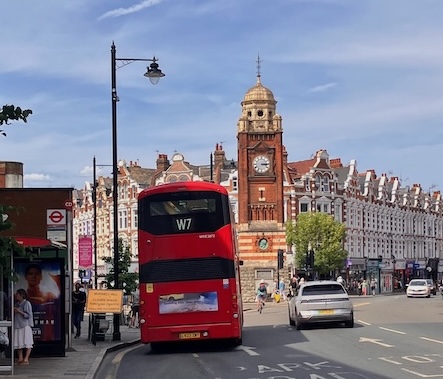Talking about social media
Almost a year ago I joined the u3a – a group for people with time on their hands. Members are mostly, but not exclusively, retired people. I have joined several groups in my local u3a branch, including a recently-formed social media group. There are eight of us in this group and we meet regularly to talk and learn from each other about aspects of social media, taking turns to lead on some topic or other. We’ve been led through Instagram, Bluesky (that was me), hashtags, design, analytics, and alt text (me again).
Last week we dived into photos: how to grab attention with a photo and how to tell a story in a photo. We were guided through this by an actual photographer who is the partner of one of the members. He talked us through some key elements of a good photo – strong colours (apparently red is good), lines, positioning key objects (centrally, or in thirds), triangular relations between groups of objects. He illustrated these features with some classic photos taken by acknowledged greats of the camera.
The challenge
He had also set us some advance homework. In preparation for the meeting each of us was asked to take a photo that told a story.
Usually I just take a photo because I think something looks interesting or amusing. I take pictures that please me due to their colours or shapes, or quirkiness. When I post photos on social media I will try to say something about each one, and sometimes use a series of photos to tell a story. But I haven’t often tried to take a single photo that tells a story, so I had to think a bit about this. For the homework I needed to choose a theme or narrative for my photo and I decided that a missed bus would be my subject.
Millions of us take buses every day and many will have mixed feelings about them. They can be uncomfortable and frustrating, but as a non-driver I rely on buses very heavily so I am attached to my regular bus routes.
The story
I frequently take the bus between Crouch End and Muswell Hill, the W7. It’s quite frequent but can be unreliable, not least because there are so often roadworks along the route. It is famously a bus route that people love and hate, joining up two town centres that are not served by any tube or rail station.
My plan was to take a photo of a bus just leaving the bus stop on Crouch End Broadway, to encapsulate the frustration of just missing a bus. OK, it’s not a major tragedy to miss a bus but when you’re in a hurry and everything else is going wrong in the day it can be devastating.
The photo – version one
Last week I was on my way to the music library in Crouch End (where I volunteer) and I saw a W7 pulling away from the bus stop. I was short of time so I hurriedly took a photo. I was pleased because it included the Crouch End clocktower, a very recognisable local landmark. Thus the photo identified a time (from the clock) and a place. In another stroke of luck there was a yellow sign warning about the closure of one the roads on the bus route, bearing out the unruliness of the service.
I was so pleased with this that I didn’t really look too closely at the picture. The story elements were all there and I thought I’d cracked the assignment. I was so wrong.
The judgement
At our meeting it was pointed out that my photo was a bit of a jumble – the street scene was too busy with details. As I had taken it in a hurry I’d not had time to frame it nicely or take a series from which to choose. I’d possibly nailed the story (in my head at least) but not produced a good photo. I had tried to capture an instant in time, but the chance of creating a decent photo in a single shot was rather low.
A couple of the other group members had taken some really good photos, not so much instants in time, but taking their time to choose the scene and plan the shot.
I wished that I had done justice to my subject, and to my skills. I felt I’d really missed the bus.
The photo – version two
A few days after our meeting I was back on the Broadway and decided to try again. I took a little more time choosing my vantage point. When a bus came I took a few shots, reducing the clutter in the shot and introducing some lines. I even waited for a second bus, in order to take a few more shots. I still had some traffic in the shot, but much less than before. I achieved a better positioning of the bus, the clocktower and the parade of shops curving off to the right. It’s not perfectly balanced but much better than version one.
More people would perhaps improve it – someone running after the bus, for example. But people aren’t my strong point – I prefer buildings and scenery.
I think I’ve learnt something from the experience. It always pays to take some thinking time when setting up a shot.


